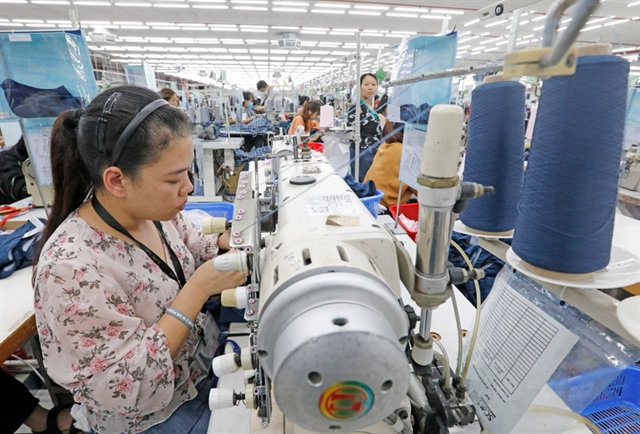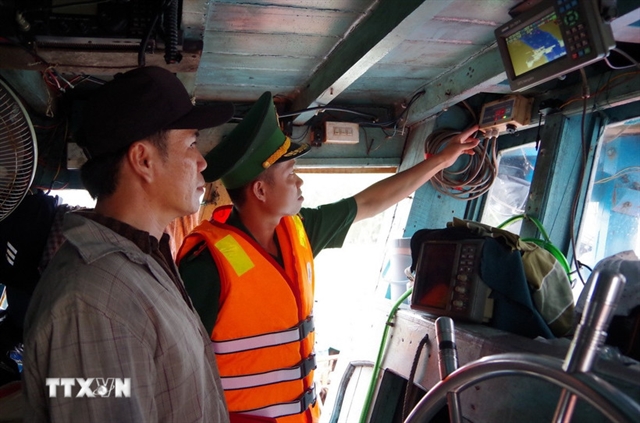 Economy
Economy

Kim Long Nam JSC has received approval in principle from the People’s Committee of Thừa Thiên – Huế to develop an auto manufacturing – assembly complex in the provincial Chân Mây – Lăng Cô Economic Zone.
 |
| Chairman of the Thừa Thiên - Huế People’s Committee Phan Ngọc Thọ (right) presents a document approving Kim Long Nam JSC’s investment to a company representative. - Photo baothuathienhue.vn |
THỪA THIÊN-HUẾ — Kim Long Nam JSC has received approval in principle from the People’s Committee of Thừa Thiên – Huế to develop an auto manufacturing – assembly complex in the Chân Mây – Lăng Cô Economic Zone.
The Kim Long Motors Huế complex spans approximately 160ha, with its first phase costing some VNĐ3.33 trillion (US$143 million). It is designed to annually produce 16,000 buses meeting Euro emission standards and is slated for completion in 24 months.
Chairman of the provincial People’s Committee Phan Ngọc Thọ said the project was in line with the national strategy for auto industry development.
The plant would make use of the province’s port and logistical advantages and help attract more investors to the local spare parts and mechanical industries, he said, adding that it would create jobs for some 3,000 local workers.
Thọ said he hoped the Kim Long Motors Huế and Trường Hải – Chu Lai complexes would form an auto manufacturing centre in the key central economic region, which consists of Thừa Thiên – Huế, Đà Nẵng, Quảng Nam, Quảng Ngãi and Bình Định.
The Industrial Policies Strategies Institute (IPSI) under the Ministry of Trade and Industry predicted the Vietnamese automobile market would develop strongly between now and 2035 as the country was experiencing a “golden population structure”, which offered opportunities to promote the automobile industry.
The market was expected to reach 750,000-800,000 units by 2025 and 1.7-1.85 million units by 2035, the IPSI said, attributing its prediction to population size, income per head and average number of cars per 1,000 people. — VNS




